
Pain under Breast
Pain under breasts is actually pain affecting the upper part of the abdomen. It either remains localized onto the right or the left side of the upper abdomen or may eventually radiate towards the rest of the belly. Such pain may originate from conditions affecting each and every organ in the abdominal cavity especially if the peritoneum is additionally inflamed.For instance, patients may complain about pain under their breasts due to appendicitis, pancreatitis, inflammation of the gallbladder or enlargement of the liver/spleen. Appendicitis is usually located along the entire right side of the abdomen although there are cases when the whole front abdominal wall is rigid and tender to touch. As for pancreatitis, the pain is basically located in between the breasts and usually radiates towards the back. Pain of similar characteristics occurs in individuals suffering from the acute attack of cholecystitis.Such pain also affects people who have injured the area in an accident of any kind. Ribs are particularly susceptible to injuries and highly likely to be broken during falls and car accidents.Inflammation of the cartilage connecting the ribs to the breast bone is known under the name costochondritis. This medical condition is associated with injuries, physical strain, certain infections and fibromyalgia. Costochondritis is a common source of pain located under the breasts.Other conditions that lead to the occurrence of pain under the breasts are kidney stones, liver damage, and mononucleosis.
Pain in Chest might be from Heart Attack
Pain in the chest is a typical symptom of a heart attack. However, not every pain in the chest is connected with heart attacks. Namely, there are conditions causing chest pain which actually mimic heart attack. One of these is heartburn. Also, not every heart attack is accompanied by chest pain. In diabetic patients, for instance, heart attack can be asymptomatic (silent heart attack).Sometimes it is rather challenging to establish what is causing chest pain. Heart attacks are not unique and may be characterized by a range of symptoms and signs. Still, in the majority of cases the one experiences sudden pressure and tightening or squeezing in the center of the chest. Such unpleasant sensation may linger for a few minutes or even longer. Some patients complain only about mild chest or upper body pain while there are even individuals reporting slight discomfort in the chest area.
The pain usually does not remain localized. Instead it radiates toward the back, jaw and the neck or down the arms, especially the left one.Additional health issue patients have to deal with include shortness of breath, sweating, lightheadedness, and dizziness. Myocardial infarction of the lower wall of the heart is accompanied by nausea and vomiting.Heartburn is frequently mistaken for a heart attack particularly by individuals who have never experienced this symptom. Burning sensation resulting from regurgitation of stomach acid is usually reported after eating and while lying down or bending. Stomach acid may even reach the oral cavity triggering the sour or bitter taste in the mouth. Heartburn is similar to heart attack pain because burning sensation one deals with typically affects the middle part of the chest and frequently radiates towards the neck.
When to Seek Medical Help?
It is quite difficult for an inexperienced person to differentiate heart attack from heartburn. The problem may be much simpler if the person is already suffering from certain heart conditions or digestive diseases and is familiar with the pain his/her underlying disease triggers. Similarly, people who are at higher risk for heart attack such as diabetic patients, individuals with elevated cholesterol in blood and progressive atherosclerosis, patients suffering from hypertension as well as obese individuals must be very careful and know what to do next when experiencing chest pain.Still, pain that is located to the middle of the chest and is rather severe in nature, does not subside with rest and if antacids are taken, the one that is accompanied by additional signs and symptoms of heart attack is a cause for concern and must be reported immediately.Unlike heartburn which is not fatal and does not require immediate medical attention, patients suffering from heart attack require prompt care and urgent treatment which may save their lives.So, be aware of heart attack at all times and be prepared to act instantly when experiencing any of the previously mentioned.


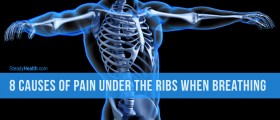
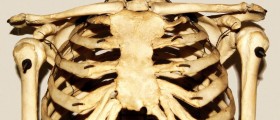

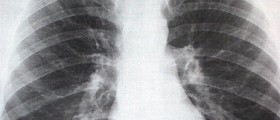
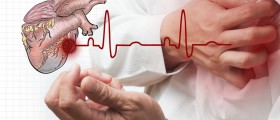








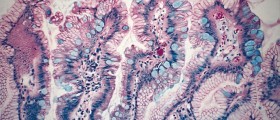

Your thoughts on this
Loading...